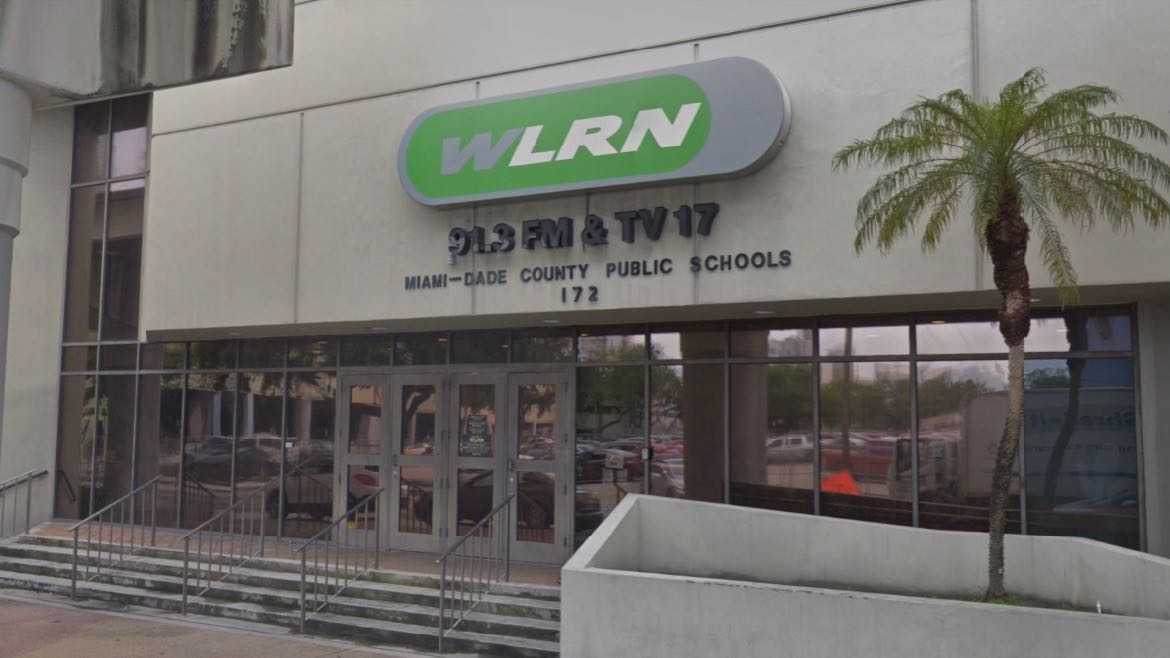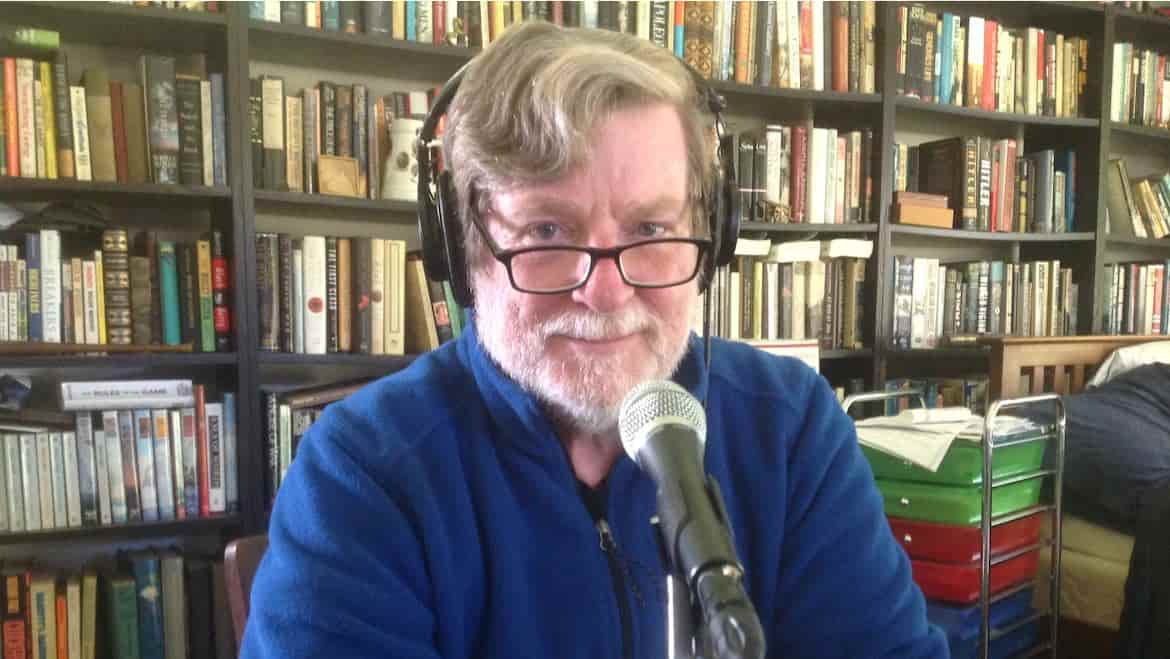PRPD, Day Two: NPR, stations prepare for debut of revised newsmag clocks
PORTLAND, Ore. — This week’s Public Radio Programming Conference is giving attendees a chance to prepare for Nov. 17, the day when new clocks for NPR’s newsmagazines take effect and both stations and the network’s news staffers will need to adjust to the revised formatting.
Wednesday’s proceedings featured two opportunities for discussion. At the first, NPR representatives fielded questions from station programmers, with Chris Turpin, acting senior v.p. of news, laying out changes in store.
Once the new clocks kick in, the newsmags will probably feature more shorter pieces, Turpin said. That’s partly because some show segments, such as the first segment in each hour of Morning Edition, will be longer, allowing for more pieces kept to shorter lengths.
Currently on the newsmags, some reports and interviews run longer than necessary, Turpin said. “Sometimes we take four minutes to do what can be done in three,” he said. The shows can also fall into a monotonous pace at times, with too many pieces of similar lengths, he said.
“One of the things we’d do well to think about is how we shake that up and change the rhythm of the show a little bit,” Turpin said.
Under the new clocks, a longer top-of-the-hour A segment in Morning Edition will also allow for more variety in the types of stories and interviews featured, with some lighter items that may diverge from hard news. “Expect an hour that is perhaps a little more mixed up,” Turpin said.
In addition, the newly formatted Morning Edition will feature new newscasts at 19 and 42 minutes after the hour, while the current bottom-of-the-hour newscast will be discontinued. “The newscast part of this is going to be uncharted territory,” Turpin said.
NPR is looking at how it can improve coordination between its newscast unit and newsmag producers to avoid featuring similar reports in close proximity, said Kinsey Wilson, NPR’s chief content officer. “It frustrates me when I hear exactly the same language in a newscast and at the top of the show,” Turpin added.
The new newscasts will feature more Q&As and debriefs from reporters, including station reporters.
Another change is coming Sept. 22, when Marketplace Morning Report, produced by American Public Media, will become a built-in Morning Edition segment. Producers of each show will consult each other about coverage plans more consistently to try to avoid overlap, Turpin said.
Later at the conference, station programmers attended a session to discuss strategies for making the most of the new clocks. One change, the adding of availabilities for local newscasts, may require some stations to create more spots and reports to fill them.
At Georgia Public Broadcasting in Atlanta, Vice President of Radio Tanya Ott had recently told reporters to spend less time generating reports for newscasts. With the new demands for local newscasts, the newsroom may have to reverse course, she said.
Another challenge is posed by a two-minute local break that will be added to the bottom of the hour in Morning Edition. That will require “a new mindset. . . . It could be a little clunky,” said Scott Williams, p.d. at KJZZ/KBAQ in Phoenix.







